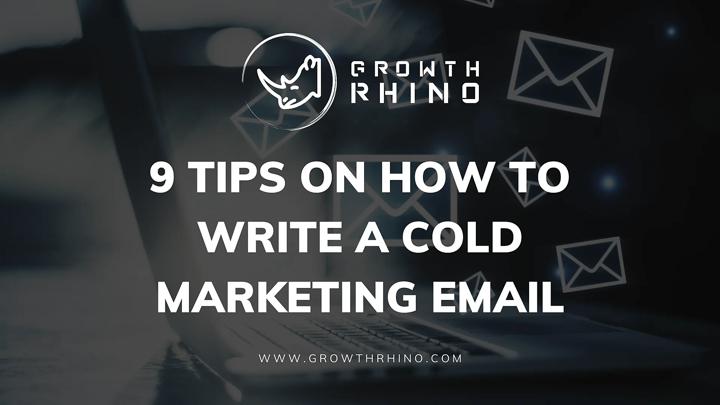
To figure out how to write a cold marketing email to a client you deem potential is the next crucial part in the process of deciding to run a cold email outreach campaign.
While some might go on to copy existing cold email templates that they think might work for them and also would get the job done quicker, on the other hand, some people know that writing your own ones can get you the results you can be proud of.
At times cold marketing emails help you bring home your first customers, at other times they can even become the reason your business has scaled and you have expanded your customer acquisition.
Having said that, it can go either way. As analyzed from email campaigns sent via GMass, there are campaigns with response rates under 1% and campaigns that had reply rates over 25%. This means that learning how to write cold emails effectively can prove to be the differentiator and the reason you can match the higher side or even beat that number.
Further, not only do we send but also receive an overwhelming number of emails every day. One cannot deny that people’s attention span is dwindling because of that. You’d not want your email to be lost in the myriad of emails people receive daily. It could be worse; your email might be chucked into spam.
The question is ‘how do we write a cold email that gets a potential customer to respond?’ We’d say it’s the three Rs: the Right Consistency, the Right Words, and the Right Structure, and no other way than being Right on all of these three elements.
So throughout this article, we are going to explore 9 tips (and then some more) to write a cold marketing email to your prospects so that you can make the most out of your cold outreach campaigns. But first…
What is a cold email?
The first word that comes to mind when cold emails are mentioned is ‘unsolicited’. A cold email is meant to be sent to a person who has no prior relationship with you or your company. It can also be possible that they haven’t heard of your company at all. According to Wikipedia, a cold email could also be defined as the email equivalent of cold calling.
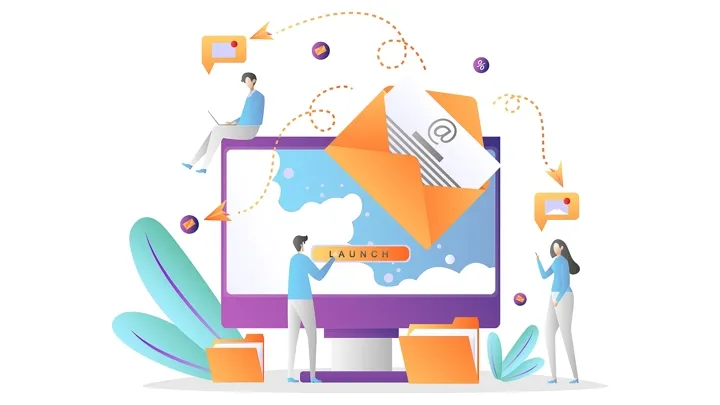
As a subset of email marketing, cold email, even though unsolicited, is not spam. There is a very thin line one shouldn't cross so that a cold email doesn’t end up in the spam folder. If certain rules and steps are not followed not only it may be treated as spam by spam filters but also be reported by its recipients.
So one can say that a cold email is an unsolicited email sent to cold prospects to turn them into warm leads while having a personality of its own. It should be a personalized, one-to-one message that is targeted at a specific individual.

Using a cold email, you may get a prospect to sign up for a free trial, book a demo, download a video, or even a guide of your product or service. At the same time, it’s important to remember that a cold email aims to get into a business conversation with a target individual and not to promote your product or services to the masses.
Does cold email work?
The curious case of sending a cold email: does cold email work? What if it’s sent to spam straightaway? What do I do to get it opened? Will the person read it at least once before moving it to the bin? There are many unanswered questions.

It’s inarguably easy to dismiss cold email if you only equate it to spammy sales pitches. And yet, many marketers would argue that a cold email is still a powerful tool in any entrepreneur’s arsenal, provided it’s used properly. One cannot deny the popularity of cold email, keeping in mind how the market is now flooded with more than 30 cold emailing tools. So it comes down to the right context of sending a cold email.
If you ask us whether the cold email marketing is dead, we’d say don’t give up on cold emailing just yet. More than a decade ago, the food delivery company’s founder Deepinder Goyal received a cold email that would change his destiny and that of the sender, Sanjeev Bikhchandani, and the rest is history. A cold email shaped Zomato’s destiny. The fact that Factmata’s founder Dhruv Gulati used a cold email to get a $500,000 investment from Mark Cuban is proof that cold emails are worth the effort, provided they’re done the right way.
9 Tips on how to write a cold marketing email:
1) Research, research, research before writing and sending an email:
We cannot stress enough how crucial it is to research before writing and sending a cold email. Start by researching the company that you would like to have a business conversation with. You can do this effectively by using LinkedIn or Google for research and taking notes of any information that is showing on their website which may also include information about how they prefer people to reach out.
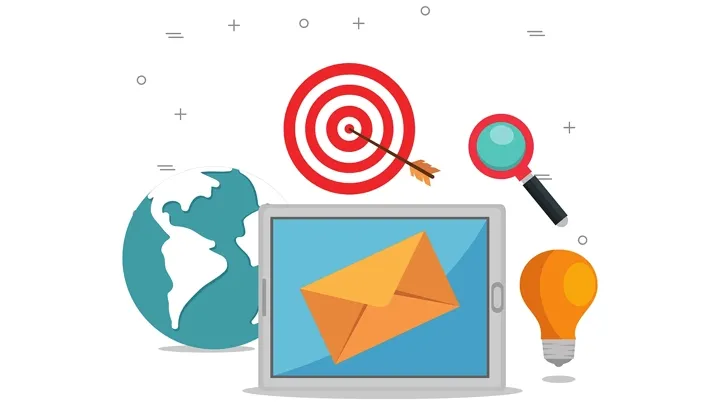
Ideally, you should be trying to gather as much information and details as possible about the person you are addressing in your email. Because if you want to ask the right questions and draft an email that keeps in view their interest, it’s then absolutely critical to do thorough research on your target prospect. It will simply increase the chances of you receiving a reply.
Further, this research will not only help you draft an email that can interest or help this person but also get some interesting keywords to add inside your conversation that can grab their attention.
Inarguably, the most effective thing while writing cold emails is to research in advance and mention something of interest to the target prospect because, at the end of the day, personalization is the key to getting replies.
2) Be respectful:
Being respectful in a cold email is not only about polite greetings and sweet sign-offs. You have to read the room before sending your email. This is particularly even more relevant in today’s climate. You have to understand the current economic situation and the landscape.
You have to be considerate about what people that you are reaching out to might be feeling or what situations they may be facing, now more than ever.
This will help you to avoid the callous emails that may make you and your organization look bad. An example of a tone-deaf email would be sending an email advertising your new product that makes it easy for executives to fly business class to an individual whose company is banned from all corporate travel because of the pandemic.
3) Make sure you're sending the email to the right person:
Not everyone in the company is meant to make decisions for the company. So you really need to explore which individual working with that company is the right person to contact to start a business conversation that might reach a fruitful partnership.
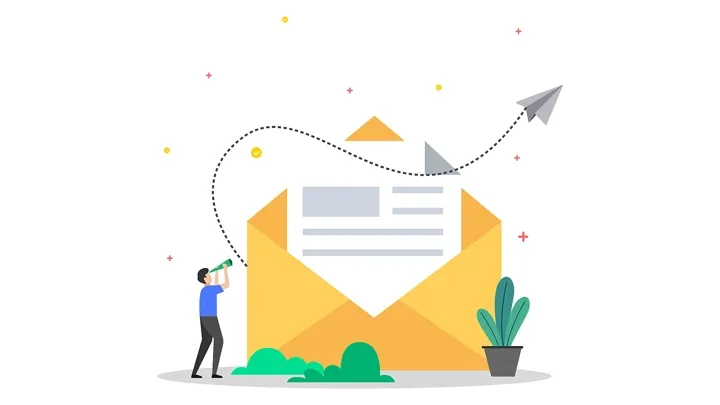
Further, get familiar with the contribution of the prospect to the company they work for. It will help you tailor your solution specifically to them so that they really feel the need to take the conversation to the next level.
It’s wise to get as much familiar with your prospect’s business as you can. Do not only download their ebook, read it. This applies to any other product their brand is associated with. Being an influencer looking to collaborate with a brand, the greatest approach to take would be to get familiar with the product you are interested in and speak directly to it.
4) Keep your email short:
Most marketers are aware of the KISS rule. Keep it Short and Simple. The same rule applies to cold marketing emails too. A short cold email is inarguably more effective than a longer one. And you probably know this already, but short emails hold higher chances to be read than long ones. This can be attributed to the possibility of losing the attention of your target customer if you ramble on in an email. Go straight to the point. Stick to the facts.
Ask if they need more info, do not include all of it. Keep it short, easy to read, and actionable. Make sure that each one of your sentences has a purpose.
The best tip Growth Rhino would give to someone who is about to send a cold email would be to keep it short and direct by writing the way they’d talk. How would you pitch to a person you just met at a cocktail party? You'd introduce yourself. Then, you’d say something nice that would help you connect with them over a mutual friend or an interest. After that, a request that makes sense would come into the picture.
Before you hit send, read your email out loud. It should sound natural to read well.
5) Don't forget to add social links:
You may be writing the best cold emails in the market but if you do not have social proof that you are a trustworthy brand at the time your prospect decides to do a background check, your email will lose big time. Despite having aced all the elements of an email structure, your prospect should be impressed with your brand and your achievements, and including social links to your brand in the email will assure them you are a legitimate business and worthy of an answer.
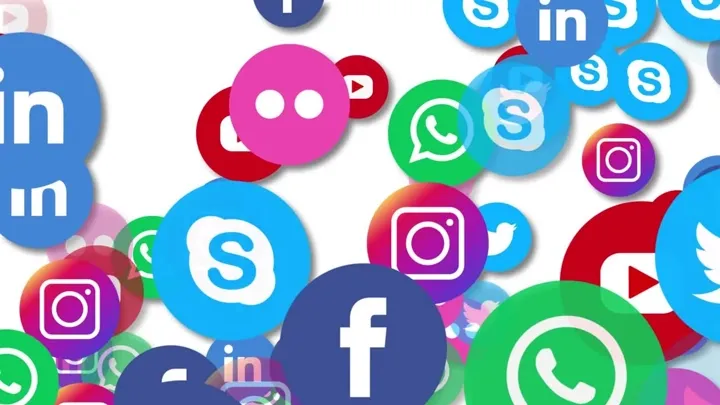
6) The ending should be encouraging:
Using questions to start a conversation as you end the email is a good way to get a response. It’s this time that you want just a small commitment. And in this case, it’s about them hitting the reply button.
Further, use your email signature for your business address. It’s a way to ensure that you are following CAN-SPAM laws. You can also use the area of email signature to add a helpful resource. But apart from the social links, we’d recommend only one link in the entire email because the more links you add, the higher are the chances it ends up in a spam filter.
Make sure you add a P.S. to your email to comply with the opt-out law. This doesn’t necessarily mean that you need an unsubscribe button though. To give it a more personal feel and avoid an unsubscribe link that smells of automation, you can add something like:
“P.S.: If you’d rather prefer I do not follow-up with you, just reply and let me know!”
While this increases the chances you get a response which is good for engagement, at the same time, it also allows you to comply with CAN-SPAM.
7) Content should not be fluffy:
We understand that while writing an email, oversharing about your business can be tempting. But you also want to have a better chance at being read so avoid the fluff and try to take up as little space as possible.
The most important thing is that your text gets the point across as quickly as possible. Because you want the sender to reply right away. If you want to add some extra information, either ask if they need it, or you can also include a link or attachment on what they might need more information about.
Avoiding fluff would also mean that you need to stay away from any filler words like “um” or “like.”
8) Try to include a thoughtful question in your email:
This is the time your research will come into play yet again. If you know the pain points of the brand you are approaching with a cold email, not only you will be able to talk about their issues, but you will also be able to offer your solution in a way it promises it can keep those troubles away from them.

Asking thoughtful questions is possible only when you know the pain points of your prospect. Honor their experience and ask what they’d expect from your brand as you state what you can solve for them clearly and loudly.
9) Make it easy to respond:
As mentioned earlier in this article, a reply shows higher engagement. And so, adding a P.S. for your prospect to opt-out is a good way to increase engagement. It also helps in your future deliverability. This also goes on to prove that good or bad, getting a reply is the main objective here.
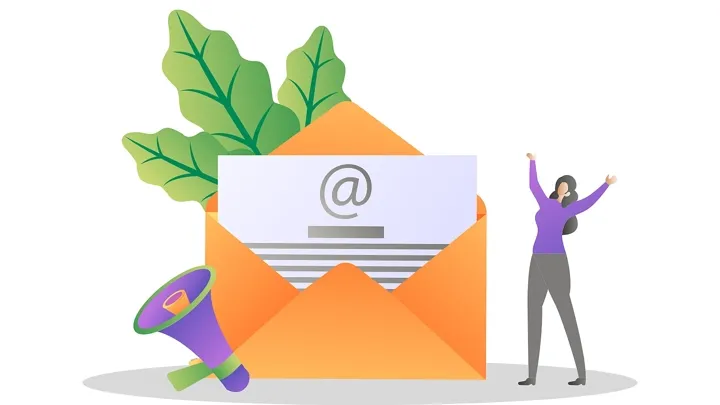
Another way to make it easy to respond is by allowing them to help you. The chance to help someone is very satisfying and enjoyable for a lot of people. The pleasure of helping someone may also qualify as a “want”. When you ask for help, you give your prospect a chance to feel good about themselves. At the same time, you have to make sure that you make it easy for them to help you.
Request clear, specific action. Long-winded and verbose questions suck. To make your “ask” clear and easy to act upon, do most of the work for your audience so they have to do the least of the work.
Instead of writing “Let me know if you want to get on a call’ you can write ‘I can call you on Tuesday and Wednesday between 9 a.m. and 7 p.m. on Google Meet. Let me know if that works for you, and if it doesn’t, you can block any time on my calendar and I’ll make it happen.’
Bounded options give a clear and easy action to take. You just do not want to force your potential customer to exert mental energy to decide for both of you.
Point to be noted: There’s more to a good “ask” than just telling people what you want. How you tell them is crucial too. It matters a lot and so if you want them to schedule a conversation even more easily and quickly, you can use appointment scheduling tools like Calendly to set up calls.
How to follow up on a cold email:
A follow-up email is the one you send to an individual after you have already initiated contact with them and they have not responded or unsubscribed yet. They probably missed it.
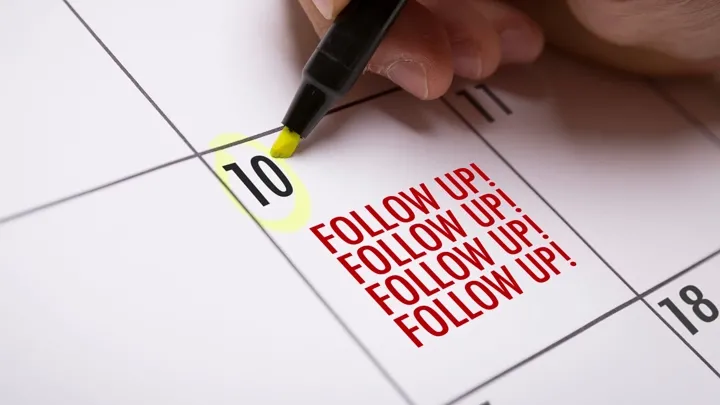
So in this kind of email, your main objective is to keep the conversation going. You have to indicate that you are still interested in their thoughts and seek answers or help from them.
A follow-up email can be considered as an opportunity to add the information you were tempted to add in the initial cold email and thus elaborate on how your brand may benefit them. It can easily be called the more fleshed-out version of the initial cold email.
But do not forget that a follow-up email should sound as human as your initial email is. Nobody wants to read a robotic email that smells of automation.
Are you ready to send your first cold email outreach campaign?
Conclusion:
These are some tips on how to write a cold marketing email. If you are already sending out emails and want to figure out why your cold marketing emails might be failing and how you can improve them, you can use some of the best practices listed here. You never know what might work for you.
